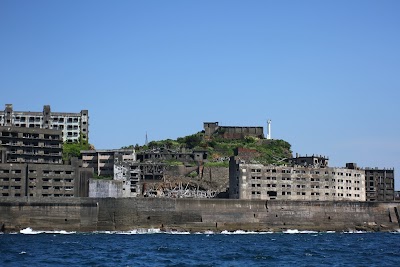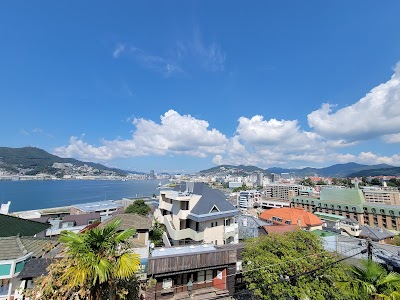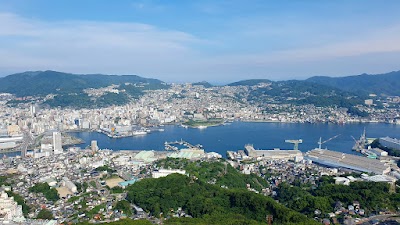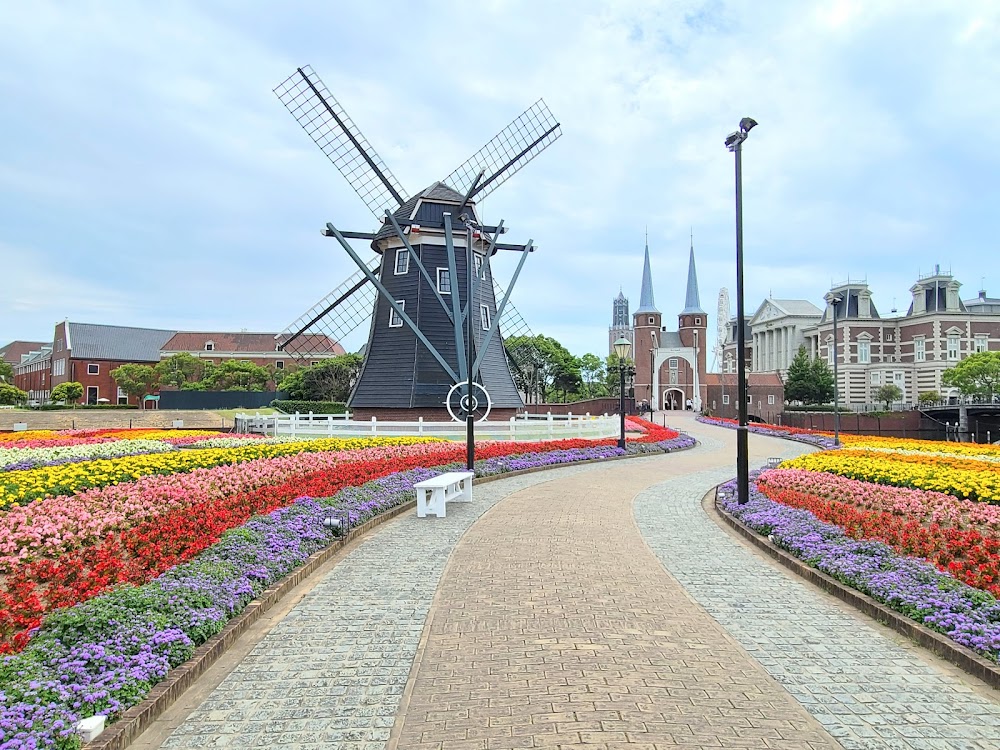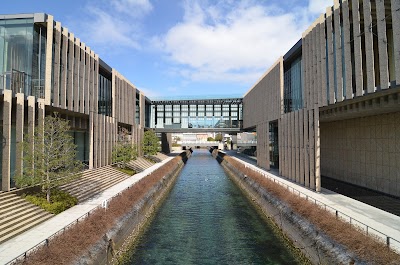Hashima Island (Gunkanjima) (端島(軍艦島))
Overview
Hashima Island: A Historical Marvel
Hashima Island, famously known as Gunkanjima or "Battleship Island," is a captivating destination nestled in Nagasaki Prefecture, Japan. Its nickname, which translates to "Battleship Island," comes from its unique silhouette that resembles a massive battleship sailing through the sea. Despite its compact dimensions—measuring just 480 meters long and 150 meters wide—Hashima is steeped in a rich and intriguing history that draws both history buffs and casual visitors alike.
The Rise of Industry
In the late 19th century, Hashima underwent a dramatic transformation from a desolate rock into a thriving industrial hub. In 1887, the Mitsubishi Corporation acquired the island to tap into its underwater coal reserves, which played a crucial role in Japan's rapid industrialization. Over the following decades, the island's landscape was reshaped to support its burgeoning mining operations. High-rise concrete buildings were erected to accommodate workers and their families, making Hashima one of the most densely populated places on Earth during its peak in the 1950s. This self-sufficient community boasted schools, shops, a hospital, and even leisure facilities like a movie theater and swimming pool.
A Complex Legacy
Hashima's significance extends beyond its industrial achievements; it serves as a poignant reminder of Japan's multifaceted history. The island flourished during Japan’s post-war economic boom, significantly contributing to the nation’s coal production. However, its history is not without a darker chapter. During World War II, Korean conscripted laborers and Chinese prisoners of war were forced to work under brutal conditions in the coal mines. This legacy of forced labor casts a somber shadow over the island's storied past.
The Ghost Town Era
By the 1960s, Japan's energy landscape began shifting from coal to petroleum, rendering Hashima's coal mines obsolete. In 1974, the Mitsubishi Corporation officially closed the mines, prompting the evacuation of the island's residents. Hashima was left abandoned, transforming into a ghost town almost overnight. For decades, its structures stood as decaying relics, gradually being reclaimed by nature.
A Modern Fascination
The island's eerie desolation has captivated global audiences, especially after its appearance in the 2012 James Bond film "Skyfall," where it was depicted as the villain's lair. This surge in interest led to preservation efforts and the opening of the island for tourism. In 2015, Hashima Island was designated a UNESCO World Heritage Site as part of the “Sites of Japan’s Meiji Industrial Revolution,” recognizing its vital role in Japan’s development.
Visiting Hashima Island
A visit to Hashima Island is an adventure in itself. Tours typically depart from Nagasaki Port and take about an hour by boat to reach the island. Once there, visitors are guided through the ruins by knowledgeable guides who share compelling narratives about Hashima's rise and decline. Walking paths and observation decks have been constructed to facilitate safe exploration of the island, offering breathtaking views of the hauntingly beautiful structures and the surrounding sea. The stark contrast between the island's abandoned buildings and the bustling urban centers of modern Japan provides a unique glimpse into a bygone era.
A Journey Through Time
As you wander through the remnants of Hashima's industrial legacy, it's easy to envision the lives of those who once inhabited this island. The stillness of the abandoned structures, combined with the rhythmic sound of the waves, creates an atmosphere that is both serene and somber. Whether you're a passionate historian, an admirer of industrial architecture, or simply seeking an extraordinary travel experience, Hashima Island offers a poignant and unforgettable journey into Japan's industrial heritage.
A Testament to Resilience
With its rich tapestry of history and hauntingly beautiful landscapes, Hashima Island stands as a testament to human ingenuity and resilience, while also serving as a somber reminder of the costs of industrial progress. A visit to Gunkanjima is not merely a trip to an abandoned island; it is a voyage into the heart of Japan’s past, offering valuable lessons and compelling stories that continue to resonate today.


